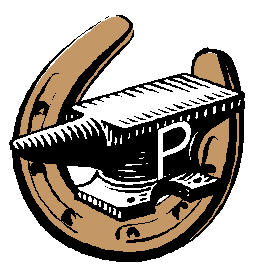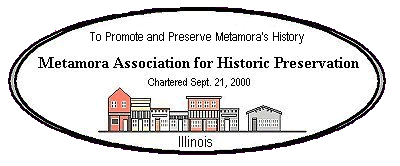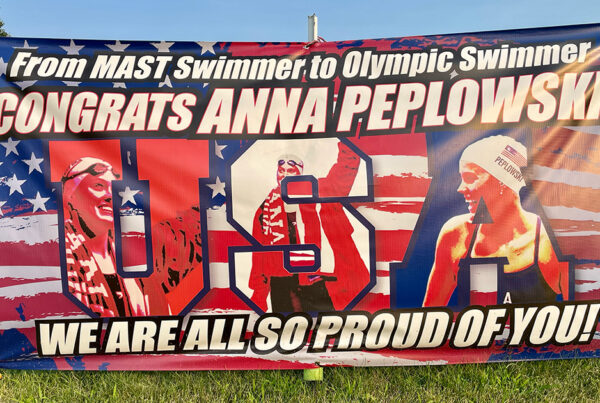
Recently I read an article in American Horse by Lindsay Domer. The article was about keeping score on your horse’s weight.
The scoring went from No.1 to 9, 1 being a very thin horse. His entire skeleton is visible and virtually no fat on him at all. Horses in this condition will experience a decrease in fertility, performance, and in worst case, death.
No.2 being slightly better, skeleton still being visible but with some fat covering.
No. 3 and 4 continuing to gain weight, looking much better.
No. 5 which is the ideal weight. The horse’s ribs can easily be felt but not seen, the neck, whithers, tailhead, loin and shoulder should not look thin but blend in to the body. The person caring for horses should learn how to maintain this ideal weight by supplying a diet of good hay and concentrates to meet the horse’s energy needs.
Horses from 6 to 9 start having a cresty neck, groove going down the back, fat deposits throughout the body and not being able to feel the ribs.
Horses with a score of 8 to 9 are no longer healthy. They are susceptible to chronic laminitis, colic and founder. They are also overloading their legs and joints. Obese horses need low protein roughage and very little concentrates.
I found this article very interesting and helpful for observing horses’ weight. Sometimes when you are around your horse day after day it might be easy to overlook their weight.
As a farrier I see a lot of horses in various health conditions. Overweight seems to be most common in the quarter horses. The overweight horse is hard for a farrier to work on, they have a hard time holding a foot up because of the weight on the other three feet. I also believe it breaks down their feet making them prone to flat feet and sole bruising. So a horse with good weight is a healthier and happier horse. If you have any questions please e-mail me and I will try to answer as quick as possible.
Always feel free to stop by the blacksmith shop and discuss this article or any subject of hoofcare.
Dave Pohlman, Farrier



